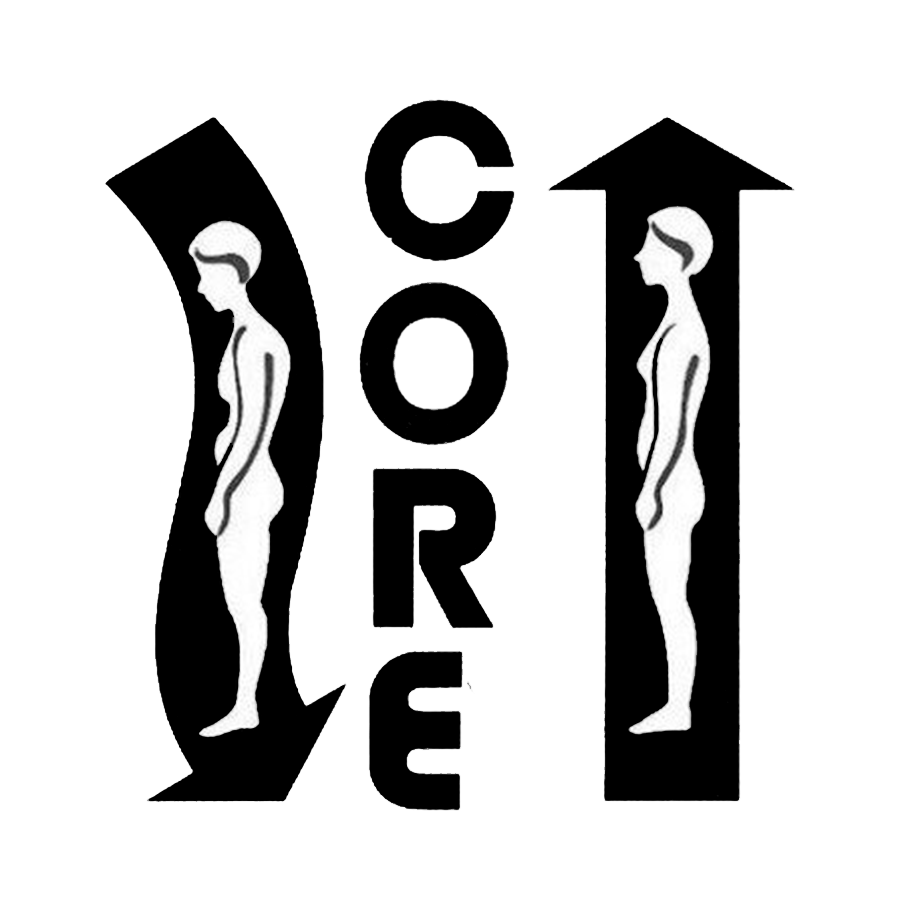Years ago in Eureka Springs, Arkansas, one of my students (I believe it was you, Heather Huber!) watched me working on a model, and saw how I tried to pay attention to the entire body, no matter where I was working with that client. She observed me, then said, “I see what you’re doing; think globally, act locally.” Bingo! The old environmental slogan applies, and marvelously, to bodywork. It’s something I’ve drilled into students since, and it’s currently re-surging in a large way, as I realize how much more can be accomplished with a body when we keep the client present in the entire global situation instead of just the small patch where we’re working.
I remember an old country song whose tag line said something like “…but your heart’s not in it, and I don’t want your body if your heart’s not in it.” Exactly! If the client has checked out, or has run away, or is fighting me, I can’t get much done. But the interesting bit is that if I watch closely, I’ll see the client may be present with me and accepting work in the costal arch, or the feet, or the neck, or wherever I’m working, but another part of their body is defending against my touch. Their heart’s not in it, and globally, they’re hiding from me.
Once, I was young. We smoked some cheap marijuana and were constantly worried about getting ‘busted’. We’d have a place to hide our goodies, which we called our ‘stash’. It seems to me that many of us hide our goodies, and ‘stash’ them somewhere in the body to defend and therefore not release when we’re challenged.
And my point is: A good bodyworker will look at, feel, sense, and intuit what else is going on up and down the line of the body; not just right on the spot where they’re working. A good bodyworker can put fingers in the costal arch, or the tibialis posterior, or the neck, and notice the client has stopped moving and breathing in the other end of the body or somewhere in the middle. Various tools can tell us this is so: We might feel or see the lack of breath movement. We might see that little ‘flick’ in the corner of the eye that tells us someone is struggling mightily. We might see fists curling up, or inner arches sucking into the stomach. We might see the low back lifting off the table or couch; we might see the chin reach toward the sky as the back of the neck tightens. We might notice that breath has stopped entirely. These are some of the easy-to-read signals. As a practitioner, closing eyes and trying to determine what body part has stopped participating can be difficult when one begins, but the longer one works with the concept, the better the practitioner becomes at reading the entire body, not just the part under the fingers or elbow or knuckles or hands. Becoming aware of the small and subtle signals can allow us to take clients to a far more productive level.
Recently, I blogged about Ida Rolf supposedly saying that maturity is the ability to discern finer and finer distinctions. This is absolutely true for bodyworkers—the more they can discern when a client is holding against their touch, and where, the more they can coax that client into finding, identifying and releasing that holding pattern.
I’ve long taught that stretching a rubber band from one end only just doesn’t work. One needs to stretch from both ends. If one twists the ends while stretching, even more movement occurs. If one puts a hand or foot in the middle of that band while stretching, even more happens. We’re like that rubber band in our bodies; the more we learn to stretch in more directions while working that client, the more we’re likely to get movements we’d never dreamed could happen. And the more we keep clients present to the places they’re trying to ‘stash’ their tension, the more tension can be released. The more we practice this simple environmental formula, the better we become at our body craft. If we think global while working local, great things can happen in terms of release and resolution of client bodies. So remember to look at, feel, observe, intuit the entire picture when working on the specific problems.
